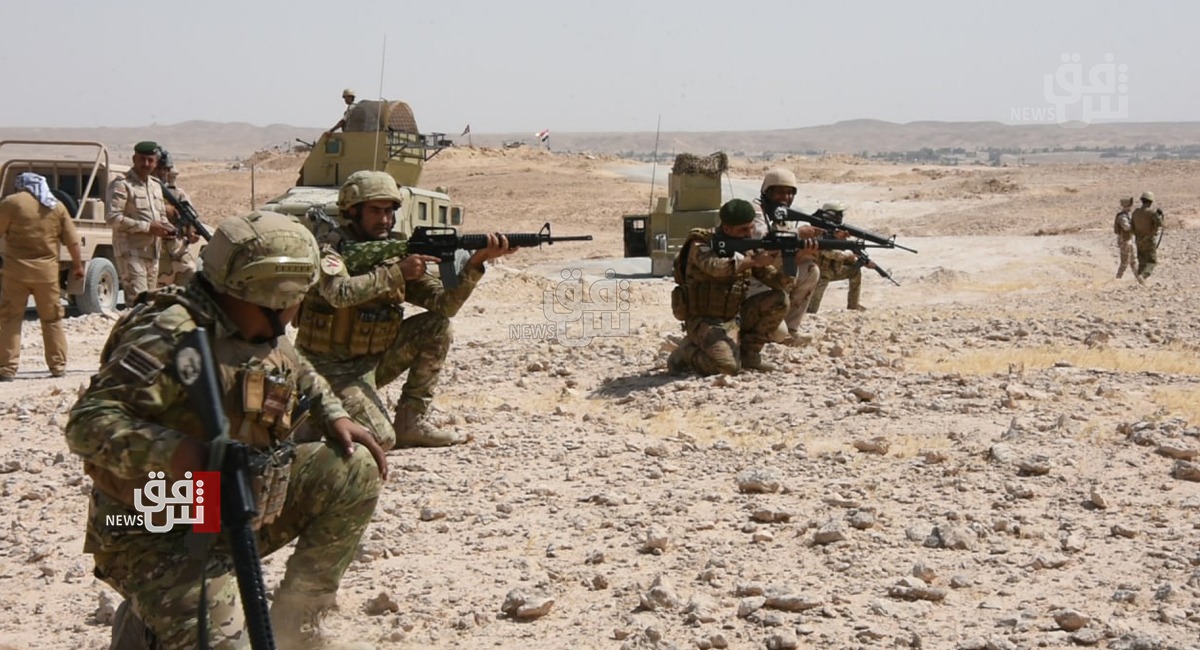 Aliyev was speaking in Lachin, a town located on the corridor linking Armenia with Nagorno-Karabakh (President.az)
Aliyev was speaking in Lachin, a town located on the corridor linking Armenia with Nagorno-Karabakh (President.az)
The president of Azerbaijan has delivered an ultimatum to de facto authorities in Nagorno Karabakh: disband your government or prepare for the consequences.
He suggested Baku could easily end Armenian administration of the region through military action.
Ilham Aliyev was delivering a speech on May 28 in the town of Lachin, near the breakaway region, which was under Armenian occupation for three decades and returned to Azerbaijan after the 2020 Second Karabakh War.
“I am telling them again from here, from the land of Lachin which they had been exploiting for many years and were engaged in illegal settlement, that their book is closed,” Aliyev said, addressing Armenian authorities of Karabakh.
“The book ‘Miatsum’ is closed, the book of separatism is closed. The dream of independence follows the path of status. As for the status, we sent it to where it belongs during the Second Karabakh War,” he said, referring to the 1980s movement demanding Karabakh’s unification (“miatsum”) with Armenia and his own victory speech after the 2020 war in which he said Karabakh’s “status went to hell.”
He went on: “Therefore, there is only one option left – to obey the laws of Azerbaijan, be a loyal and normal citizen of Azerbaijan, throw the fake state attributes in the trash, and dissolve the ‘parliament’ – as if there is a ‘parliament’ there, as if there is a president, as if there is a minister, all this is funny. We are simply being patient. However, everyone knows perfectly well that we have all the opportunities to carry out any operation in that region today. Therefore, the ‘parliament’ should be dissolved, the element calling himself ‘president’ should surrender, all ‘ministers,’ ‘deputies’ and others should give up their positions. Only in that case can a concession be made to them. Only in that case can we talk of an amnesty.”
He added that officials who “put aside their false duties and apply for Azerbaijani citizenship” can expect “amnesty” from Baku.
The Armenian-populated region has effectively been under blockade since December last year when Azerbaijani government-backed activists staged a sit-in on the Stepanakert-Lachin road, which connects Nagorno-Karabakh to Armenia. The demonstrations ended after Azerbaijan set up a customs checkpoint on that road at the border with Armenia, but so far most Armenians have refused to enter through that checkpoint.
Until early this year, there had been Russian-meditated meetings between representatives of Baku and the de facto Armenian administration of Nagorno-Karabakh. But since March there has been no progress on that front. And Aliyev’s latest remark makes it even harder to imagine any more such talks.
It is a clear rebuff to the Western mediators seeking a comprehensive peace agreement between Armenia and Azerbaijan, who say Baku should develop a “positive agenda” to make the region’s Armenian population feel safe under its prospective rule. Armenia, meanwhile, has already said it’s ready to accede to Azerbaijan’s main demand of recognizing its sovereignty over Nagorno-Karabakh.
The de facto authorities of Karabakh immediately rejected Aliyev’s ultimatum and called on Baku to engage in “dialogue in an international format, based on the norms and principles of international law, especially on the principles of equality and self-determination of people, non-use of force and threat of force, peaceful settlement of disputes and principles of territorial integrity.”
Karabakh presidential spokesperson Lusine Avanesyan said that since the 2020 war, “[W]e have seen and continue to see manifestations of aggression in the form of local combat operations, blockade, energy and other pressures. This time, the president of Azerbaijan has added illegal demands to the elected authorities of the people of Artsakh.”
Elsewhere in Aliyev’s speech, he praised his government’s determination to prepare Lachin and other Karabakh towns for resettlement following the Armenian occupation. The first 20 families arrived in Lachin on May 27, and many more are expected to resettle by the end of June, Aliyev announced. “[A]bout 4,000 people will live in Lachin, perhaps even more, at the first stage,” he said.
eurasianet.org

 Aliyev was speaking in Lachin, a town located on the corridor linking Armenia with Nagorno-Karabakh (President.az)
Aliyev was speaking in Lachin, a town located on the corridor linking Armenia with Nagorno-Karabakh (President.az)


